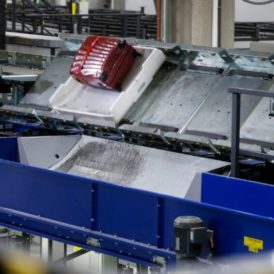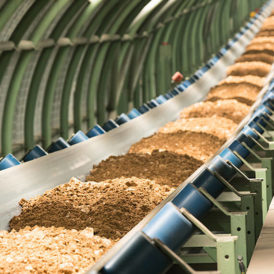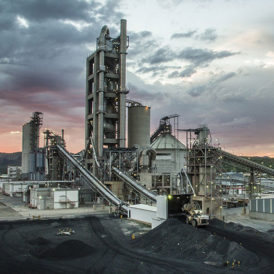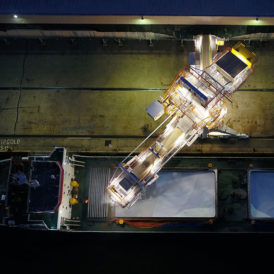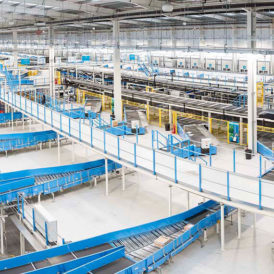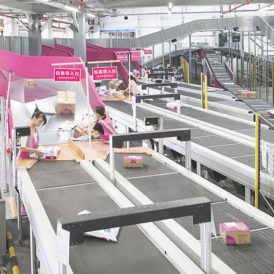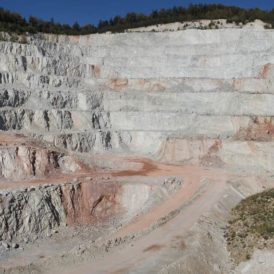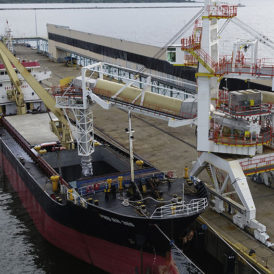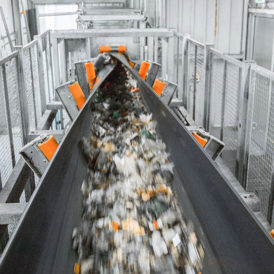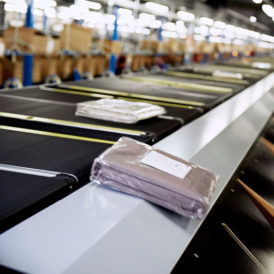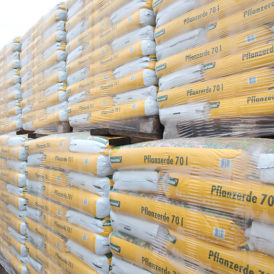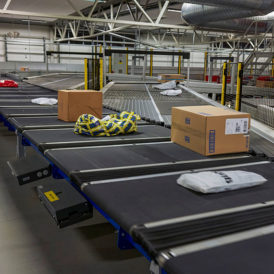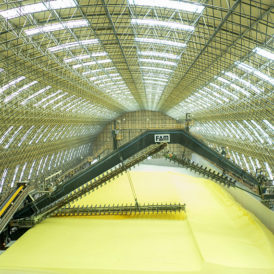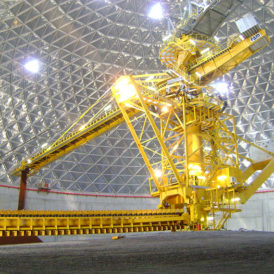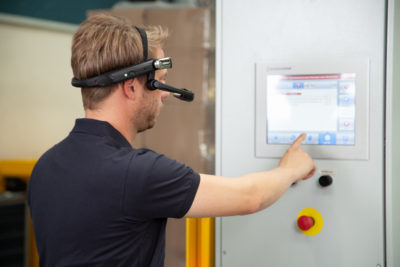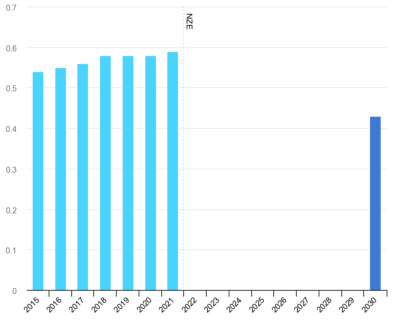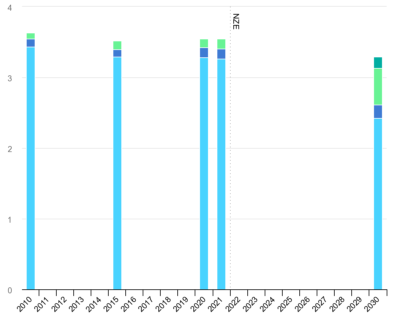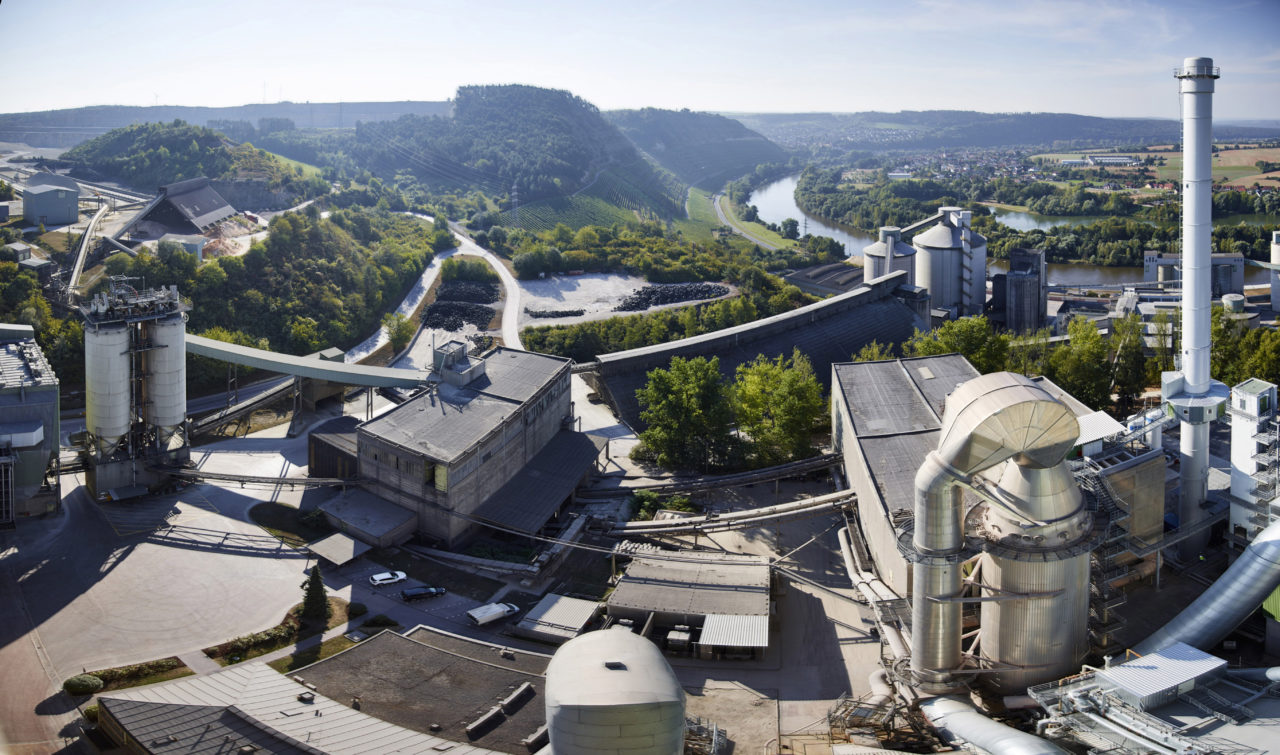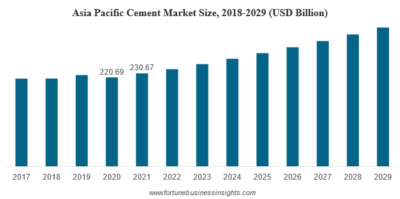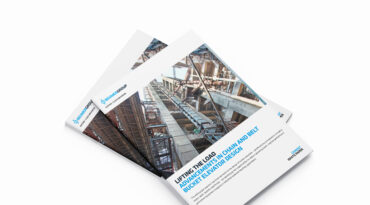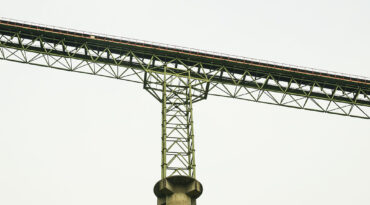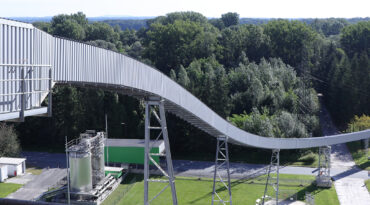Low-CO2 transport
Carbon dioxide can be reduced even further, however. A major issue is the transport of extracted raw materials from the quarry to the plant or port. The routes often take them over rough terrain or even through populated areas. This is a task that companies often handle with trucks, and these emit plenty of carbon dioxide. An alternative for this is troughed belt conveyors and closed pipe conveyors. Not only are conveyors more ecological, they can also be significantly more economical. After all, whether an investment is worthwhile depends on various factors. Feasibility studies and cost comparisons help with the decision.
Diet with consequences
What we have been implementing here in Europe for decades in some cases will be coming to a number of other countries around the world in the years ahead – the switch from 50- to 25-kilogram bags. This has been triggered by new legal requirements for the health protection of the workers who have to lift and haul these bags. For you as a cement plant operator, this means that you will have to gradually convert the equipment in the packaging lines. This will be an enormous effort, because the packing lines in the plants will of course have to fill and pack just as much cement as before – and thus handle twice the number of bags in the same amount of time.
But even if the bags are only half as heavy, manual loading onto the truck beds remains a back-breaking job. And fewer and fewer people are willing to do it, even in emerging countries like India, China or Africa. What’s more, labor costs are rising steadily there. Manual truck loading is not only strenuous, it usually requires two people who take turns with their coworkers for each loading operation because of the heavy physical work involved. Added to this is the high level of dust generated, which is harmful to health. With manual loading, the loading performance often fluctuates, as does the quality of the bag stacks. Automation can solve this challenge.
